What Is A Circular Economy?
First, let’s look at how most of our economy works now:
-
Natural resources are made into products to sell and use.
-
Materials created in the manufacture of the products are discarded into landfills.
-
The products are thrown out when they are old or damaged, creating more waste that goes into landfills.
In a circular economy, all that waste would be reused and reinvested into the economy instead of ending its life in a landfill. We would stop thinking of materials as trash and instead see a resource that we can use to make new products. Materials would go through a cycle instead of getting used up in one product. Using our waste instead of using more natural resources would save businesses money as well as keep our natural resources from being depleted.
How Can I Help?
If you think about recycling programs, you’ll see that the beginning of a circular economy is already here. Maybe you already have a recycling bin in your home or workplace. You can do your part by sorting out any materials that can be reused or recycled in your local area. These materials include metal, fiber, paper, plastics, glass, or organic items. The easiest way to keep materials from the trash is by setting up a place to organize them into separate recycling bins. Make sure you have a clearly labeled recycling bin for each type of item, so nothing gets left out and to remind everyone those items don’t belong in the trash. You can do this at home or help set up a station at work or school.
You should also try to recycle items like electronics and appliances whenever possible. You can send some items back to the manufacturer, such as printer ink cartridges. Others are taken by the retail stores that sell new items, such as cell phones, laptops, and home appliances.
Make smart purchases and buy “green.” More and more companies are incorporating recycled materials into new products and cutting their waste. You have a choice every time you buy to seek out these eco-friendly items that reuse materials. It could be recycled plastics, paper goods, or even a food manufacturer that sends by-products to be used as livestock feed.
Consider the end of life of materials. If you are choosing between several products, think about where the item and its packaging are going to end up. Are there items you can recycle or not? Sometimes companies need a push from consumers like you to make their products more friendly to a circular economy. If the products you want to buy are disappointingly destined to end in a landfill, consider writing the company and asking about better materials and packaging for the future. Companies will listen to their consumers if we all show that we care about creating a circular economy.











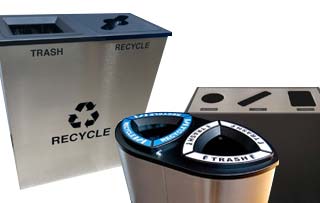









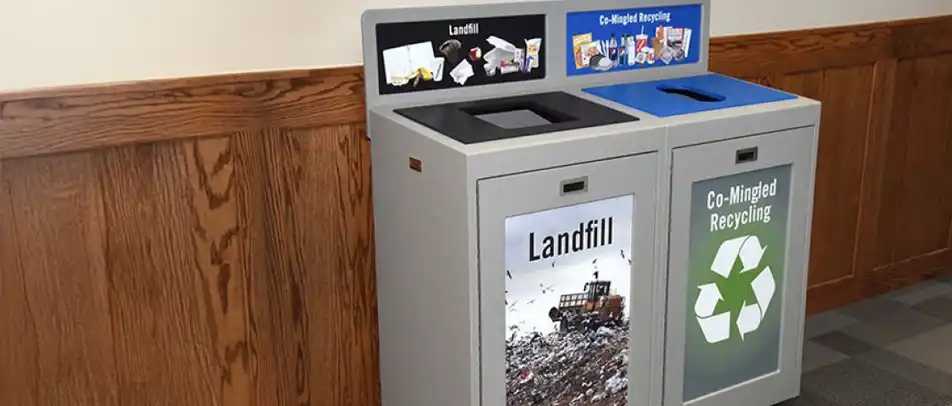










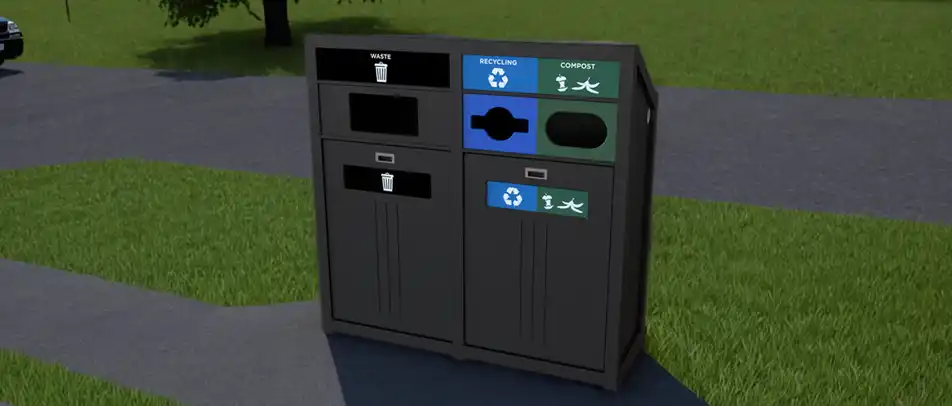












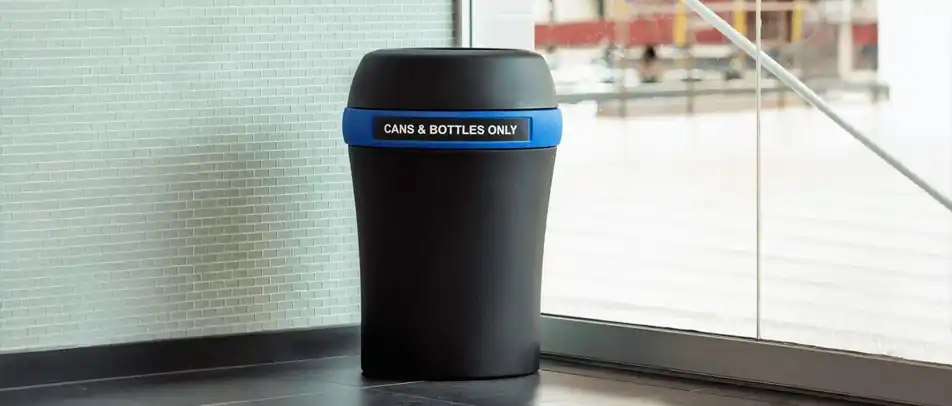









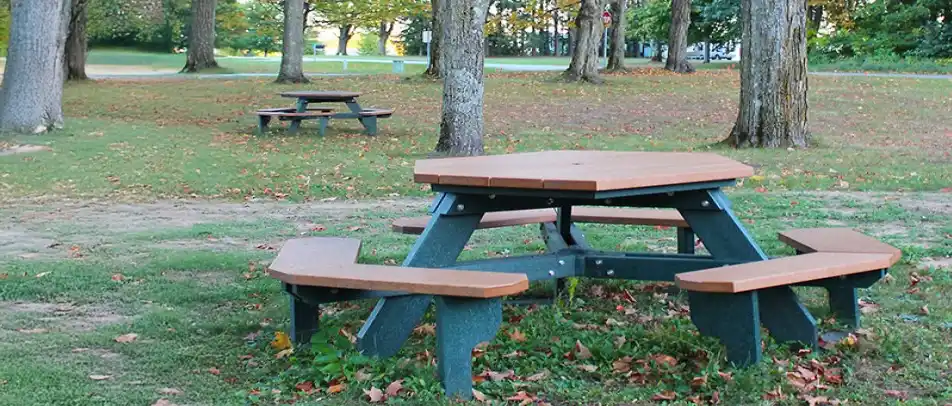































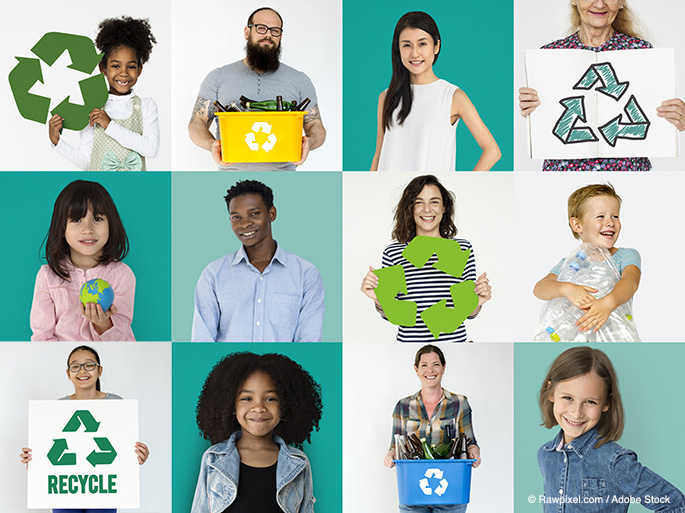

 Three Ways to Engage Teams and Clients to Maximize Your Recycling Program Engagement
Three Ways to Engage Teams and Clients to Maximize Your Recycling Program Engagement  How to Integrate Accessibility Into Your Sustainability Planning
How to Integrate Accessibility Into Your Sustainability Planning  Why Park Benches Can Promote Workplace Well-Being
Why Park Benches Can Promote Workplace Well-Being 
